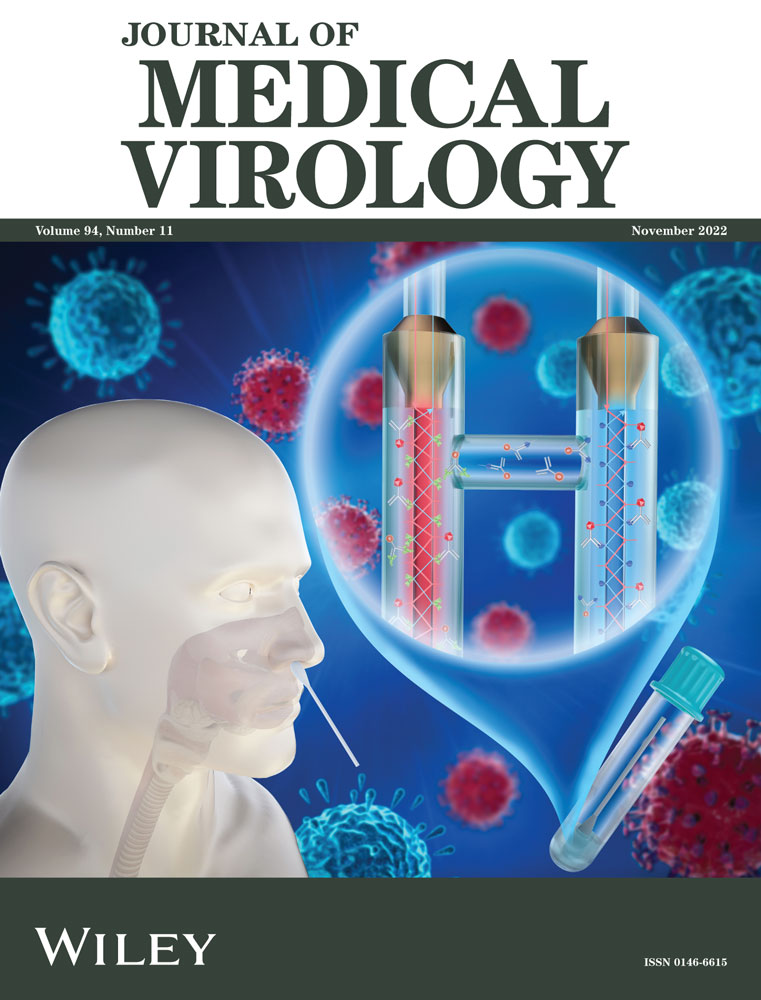Myopericarditis in young subjects after vaccination, clearing the clouds of misunderstanding
The recent letter by colleagues from the Poznan University of Medical Sciences (Poland), reports a rationale that reviews the dosage of the coronavirus disease 2019 (COVID-19) messenger RNA (mRNA) vaccine to prevent vaccine-induced myopericarditis in young subjects.1 The authors suggest moreover that one possible causative factor leading to myocardial injury from COVID-19 mRNA vaccines in young adults may be related to a stronger immune response in the youth with respect to older individuals.1
Au and Assavarittirong refer to a scientific contribution by Schauer et al.,2 where the authors reported myopericarditis following the second dose of the BNT162b2 mRNA COVID-19 vaccine in 13 adolescents (median age: 15 years) and suggested that a hyperimmune reactivity to the vaccine may explain the rapidly resolved myopericarditis in these young subjects. Although Schauer and other authors claim for an exaggerated immune response due to a too short interval between two vaccine doses and because of the vaccine dosage itself,1, 2 Schauer et al.,2 cannot exclude the possibility that subjects diagnosed with myopericarditis, and presenting typical COVID-19 symptoms in the next 3–4 days following vaccination were positive for SARS-CoV2 RNA and not yet seroconverted, as nine of them were negative only at the immunoglobulin G assay. Therefore, the rationale proposal from Schauer to elongate the interval time between two different doses of mRNA COVID-19 vaccine and the one from Au and Assavarittirong to reduce the vaccine dosage,1, 2 are both commendable but upon a scheduled vaccination call a molecular swab for searching COVID-19 genomes should be recommendable, particularly in young subjects.
The hasty vaccination campaign, justified by a pandemic emergency, has generated misunderstanding clouds about the alarming relationship between vaccination and myopericarditis, which ultimately has fueled the long-lasting concern of vaccine safety in the increasing crowds of vaccine-hesitant and vaccine-refusal people.3 However, despite COVID-19 still scaring people,4 the relationship between myopericarditis and COVID-19 mRNA vaccination seems to gain further ground.
Recently, Manfredi et al.5 assessed the benign nature and complete resolution of myocarditis and pericarditis caused by mRNA COVID-19 vaccines, confirming moreover that vaccine-induced myopericarditis occurred also in the pre-COVID-19 era.
A recent paper by Krug et al.,6 for example, studying 253 cases of myopericarditis, reported that in 129 cases after the first dose and 124 cases after the second dose of vaccine, a percentage of 86.9% of them were hospitalized, evidence allowing the authors to assess that the incidence per million, following the second dose of vaccine, was 162.2 (ages: 12–15) and 93.0 (ages: 16–17). If confirmed, and a huge bulk of evidence seems to support this perspective, vaccination should be quite exclusively recommended to at-risk populations, such as elderly individuals, rather than youngest subjects, who very rarely undergo hospitalization for severe COVID-19.
Myopericarditis can occur following influenza7 and also vaccination, aside from COVID-19 vaccines.8 In Italy, the number of vaccinations (second dose) in the age range 12–19 years amounted to 3 866 090 on 4 620 379 (83.67%) (data from the Italian Minister of Health on June 7, 2022).
Considering that the rate of myocarditis/pericarditis in Italy is evaluated as 1/10 000 vaccine doses (data from the Italian Agency for Medicinal Drugs, AIFA, on June 7, 2022) and that myopericarditis from causes different from COVID-19 vaccines are 27.7/100 000, the relative risk (RR) to get a myopericarditis following the second dose of the BNT162b2 vaccine is RR = 0.3566 (CI95 = 0.2430–0.5234, z = 5.269, p < 0.0001), which means that vaccine does not increase the risk of getting a myopericarditis, respect to other causative factors (RR < 1.0).
A recent communication by Licordari et al.9 reported that in the “pre-COVID” period (June 1, 2018–May 31, 2019) the annual incidence of myocarditis was higher than in the “COVID period” (June 1, 2020–May 31, 2021), with 8.1 cases/100 000 respect to 5.9 cases/100 000 inhabitants (p = 0.047). Following these data, referred to an Italian population of 11 421 285 inhabitants (Tuscany), where the authors reported a myopericarditis incidence rate of 10.3/100 000 in the COVID period, the estimated RR ≈ 1.0 (RR = 0.9694, CI95 = 0.8567–1.0969, z = 0.493, p = 0.6220), indicating that the two different distributions belong to the same epidemiological population at risk, that is, people within the COVID-19 pandemic period (p > 0.05).9
Despite myopericarditis is caused by a huge plethora of proinflammatory factors5 and their diagnosis should encompass a more complex overview of the underlying etiology and etiopathogenesis,5 the real concern should be mainly shifted to the complex prognosis of this pathology, if myocarditis/pericarditis are a vaccine-related concern.10
Furthermore, if the observed and diagnosed (mainly upon the troponin increase) myopericarditis is mostly purported to occur following a COVID mRNA vaccine, a warning should be considered in vaccinating individuals with a very low incidence of severe COVID-19 and taking into consideration the significant number of COVID-19 caused myocardial inflammatory events.11
Myocarditis/pericarditis may come from COVID mRNA vaccines but a sound epidemiological survey is particularly urgent to assess the real impact of vaccines on the etiopathogenesis of myocardial inflammation in young subjects.
Clearing the clouds of misunderstanding is crucial by assessing vaccine safety and performing a correct and fully informed vaccination campaign.
CONFLICT OF INTEREST
The author declares no conflict of interest.
Open Research
DATA AVAILABILITY STATEMENT
The data that support the findings of this study are available from the corresponding author upon reasonable request.




